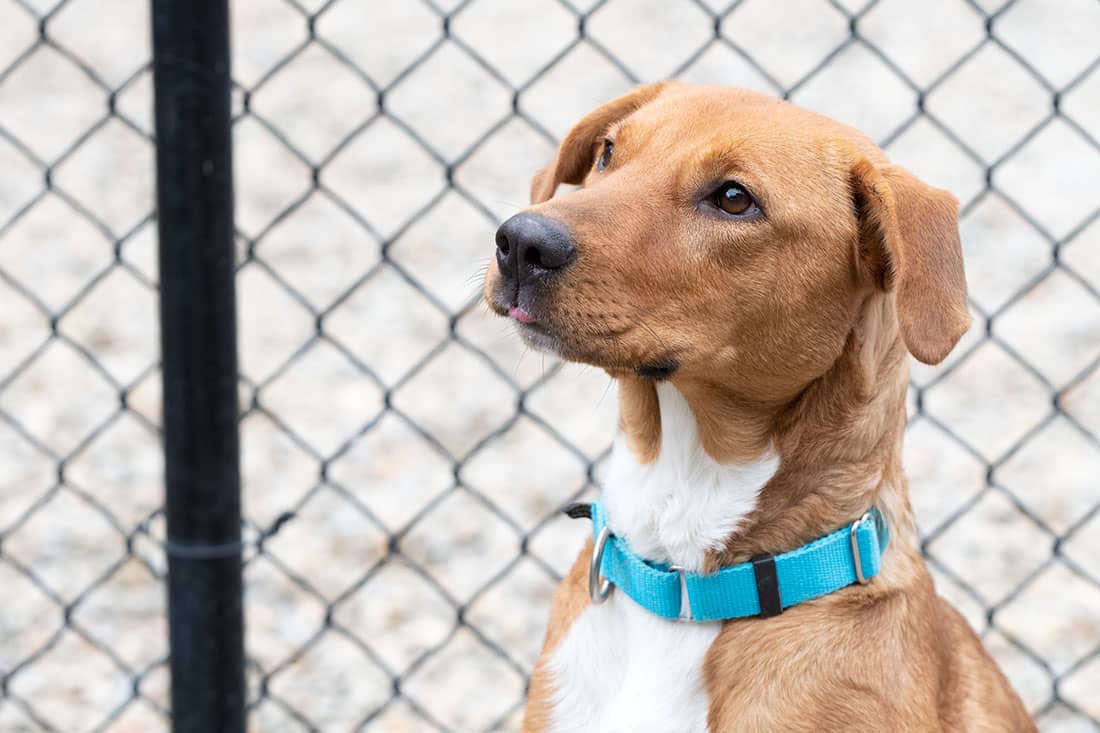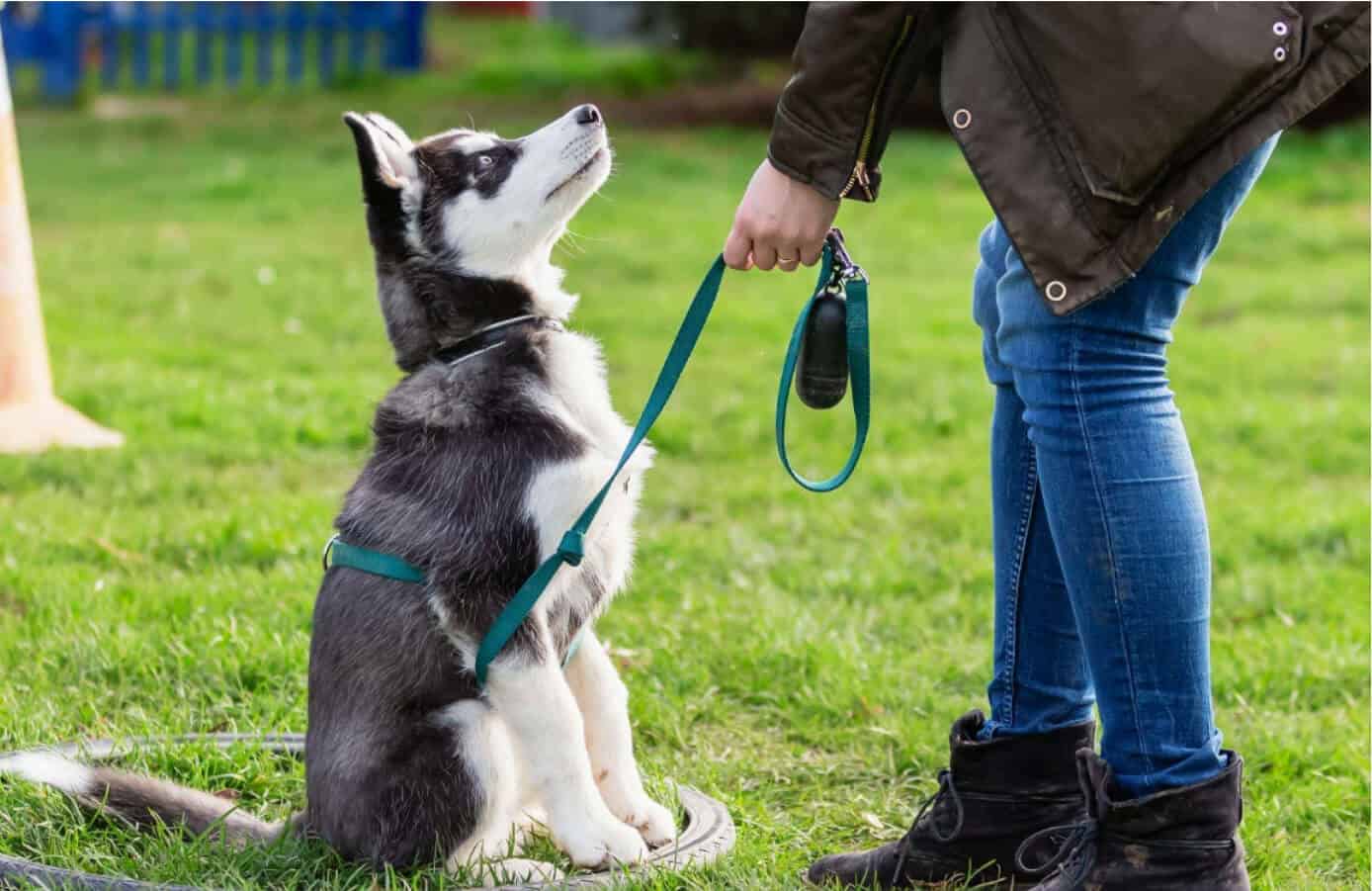Recognizing Dog Body Language During Dog Training
Recognizing Dog Body Language During Dog Training
Blog Article
Essential Tips for Effective Dog Training: An Overview for Pet Dog Owners
Reliable dog training is a complex procedure that calls for a tactical strategy customized to both the animal's personality and the owner's goals. Secret components such as developing consistent commands, employing favorable support, and promoting very early socialization play important functions in fostering a well-adjusted canine friend. Numerous animal owners encounter difficulties that can impede development, leading to disappointment and uncertainty. Recognizing how to navigate these barriers can dramatically improve the training experience, ultimately changing the relationship in between owner and dog. What are the necessary techniques that can be used to ensure success in this endeavor?
Understanding Dog Actions
Understanding canine behavior is essential for effective training and promoting a harmonious connection between canines and their proprietors. Pets connect primarily through body movement, vocalizations, and activities, making it essential for owners to interpret these signals accurately. Recognizing a pet's pose, tail position, and ear positioning can offer insights right into its emotional state. A wagging tail does not constantly indicate happiness; it can also signal excitement or stress and anxiety.

Socialization plays a substantial role in pet habits; direct exposure to different atmospheres, people, and various other pets can substantially impact a pet's character. Aspects such as breed features and individual character must assist training approaches, as some types may have specific behavior traits that require tailored methods. By comprehending these aspects, owners can develop a supportive atmosphere that motivates positive habits, causing successful training results and a much deeper bond with their animals.
Developing Consistent Commands
Effective interaction with your canine starts with developing regular commands. This fundamental element of training is important for promoting understanding in between you and your animal. Consistency in the commands you use ensures that your canine can reliably connect certain words or phrases with the preferred behaviors.
When selecting commands, choose clear, distinct words that are easy to claim and differentiate from one another. Avoid utilizing similar-sounding commands that might confuse your canine. Using "rest" and "remain" is appropriate, however "sit" and "hit" might lead to misunderstandings.
In addition, maintain the very same tone and volume for each command. Canines are sensitive to vocal signs, so differing your tone can produce complication.
It is just as crucial to ensure that all member of the family get on the same page pertaining to the commands utilized. A united front in command use will stop mixed signals and reinforce the understanding procedure.
Positive Support Strategies
The power of positive support in canine training hinges on its capability to urge preferred behaviors through benefits and praise. This strategy is grounded in the principle that habits adhered to by positive results are more probable to be duplicated. By incorporating positive support into your training regimen, you can properly form your pet dog's actions in a positive manner.
To carry out favorable reinforcement, it's crucial to determine what encourages your pet dog, whether it be deals with, toys, or verbal praise. When your dog performs a wanted action, such as remaining on command, instantly award them with a treat or affection. This organization between the command and the favorable end result reinforces their understanding.
It's crucial to timing the rewards appropriately; supplying the support within seconds of the desired behavior aids your pet dog make the link (dog training). Furthermore, uniformity is essential-- guarantee that all family members use the same commands and benefit systems to avoid complication

Slowly, you can reduce the regularity of treats as your pet dog finds out the actions, transitioning to commend or periodic benefits. This method not only fosters a solid bond between you and your canine but additionally promotes a favorable understanding setting, making educating a satisfying experience for both.
Socialization and Interaction
Consistently subjecting your pet to a range of environments, individuals, and various other pets is important for their social development. Socialization should begin early, ideally throughout the critical home window of 3 to 14 weeks, when puppies are most responsive to new experiences. Nonetheless, older dogs can additionally profit from ongoing socializing efforts.
Introduce your canine to different setups, such as parks, pet-friendly shops, and metropolitan areas. This exposure helps them adapt to different stimulations, minimizing stress and anxiety and concern actions. Motivate favorable communications with various other canines and individuals, guaranteeing that these experiences are controlled and secure to foster self-confidence.
Utilize organized playdates with courteous dogs, as their website this can enhance your dog's social skills and instruct them appropriate habits. Obedience courses and training sessions also give superb opportunities for socializing, permitting your pet to engage with others in a monitored setting.
Monitor your pet dog's body movement during communications, as this will aid you gauge their convenience level. Gradually boost direct exposure to more tough situations while making certain that each experience declares. A well-socialized dog is most likely to exhibit well balanced behavior, making them a joy to have in any type of setup.
Addressing Common Training Challenges
Every dog owner will encounter training obstacles at some factor, no matter of their canine's age or socializing level. Recognizing usual issues such as stubbornness, disturbances, and fearfulness can aid in developing efficient approaches for improvement.

Disturbances throughout training sessions see page can thwart emphasis. To battle this, start training in a peaceful atmosphere with very little stimuli. Slowly present distractions as the canine comes to be a lot more skillful in commands. Short, constant training sessions are also effective in preserving focus.
Terror can hinder a pet dog's understanding process. Progressive desensitization to the source of fear, paired with favorable reinforcement, can assist ease stress and anxiety. Patience is essential; never compel a pet dog right into a situation that causes distress, as this might intensify the problem.
Ultimately, understanding and attending to these usual obstacles with an organized approach will promote a much more effective training experience, reinforcing the bond in between dog and proprietor while advertising reliable learning.
Final Thought
In summary, effective canine training relies upon a detailed understanding of canine behavior, the facility of consistent commands, and the application of favorable reinforcement techniques. Socialization plays an essential function in establishing well-adjusted pets, while resolving typical training difficulties calls for persistence and flexibility. By executing these essential methods, animal proprietors can foster a strong bond with their pets and promote preferable habits, inevitably leading to an unified relationship between human beings and their canine companions.
Understanding pet dog behavior is important for efficient training and promoting an unified relationship between dogs and their owners.Socialization plays a significant function in canine behavior; exposure to numerous environments, people, and various other pets can significantly impact a canine's personality.The power of positive reinforcement in canine training lies in its capability to motivate wanted habits with benefits and appreciation. By including favorable support right into your training regimen, you can efficiently shape your pet dog's habits in visit a useful way.
In recap, successful dog training relies on an extensive understanding of canine habits, the establishment of constant commands, and the application of positive support methods.
Report this page